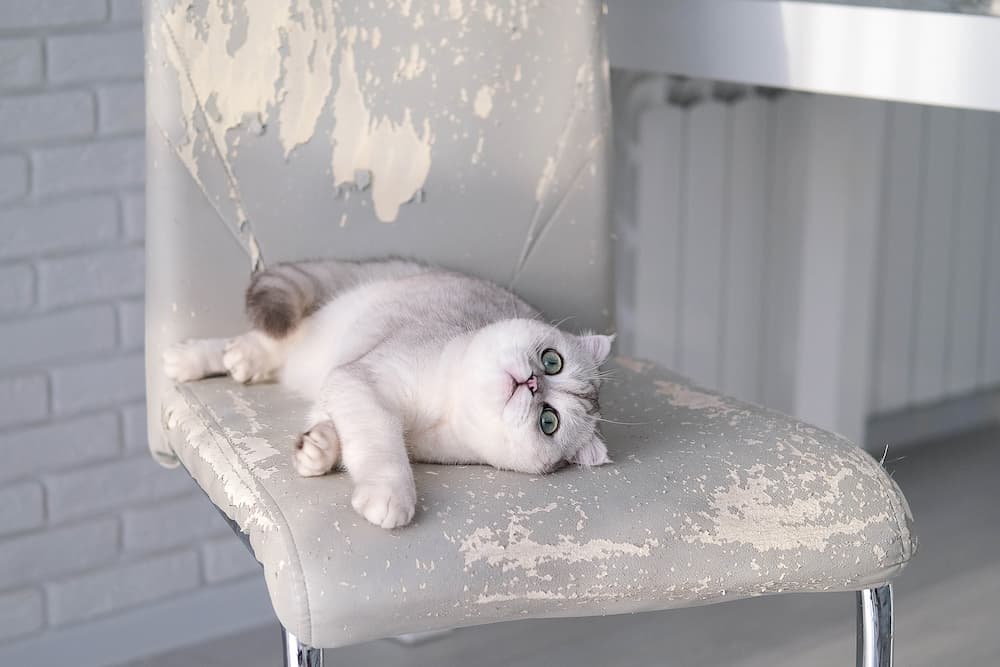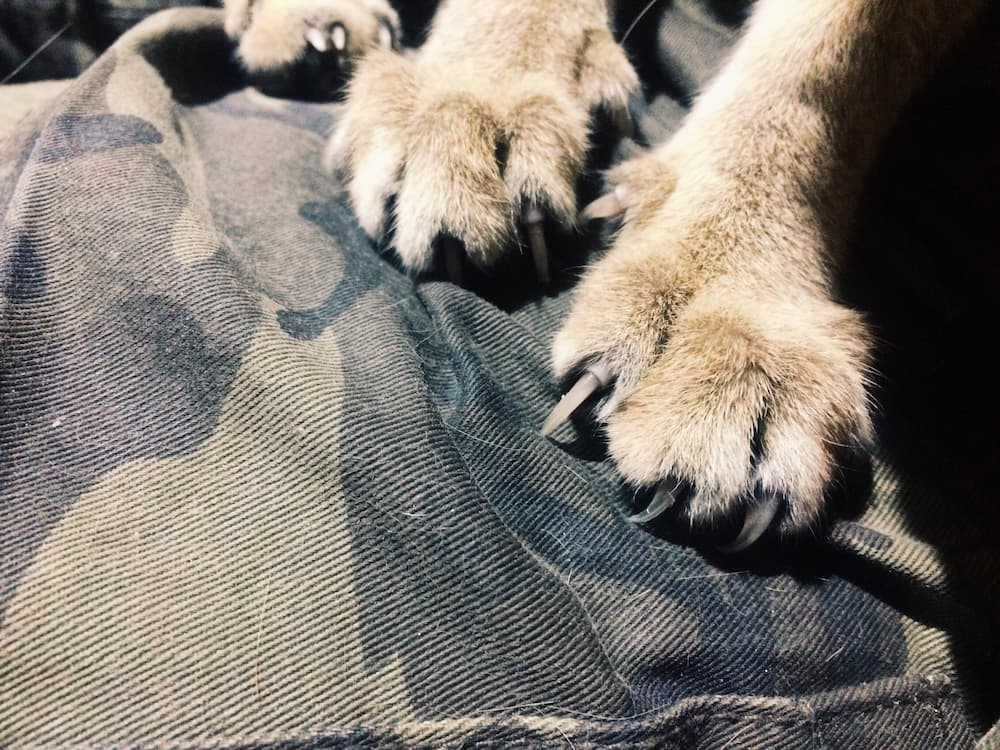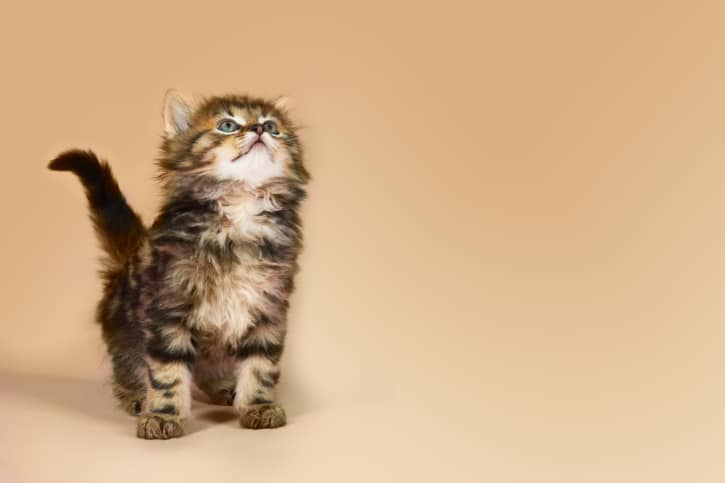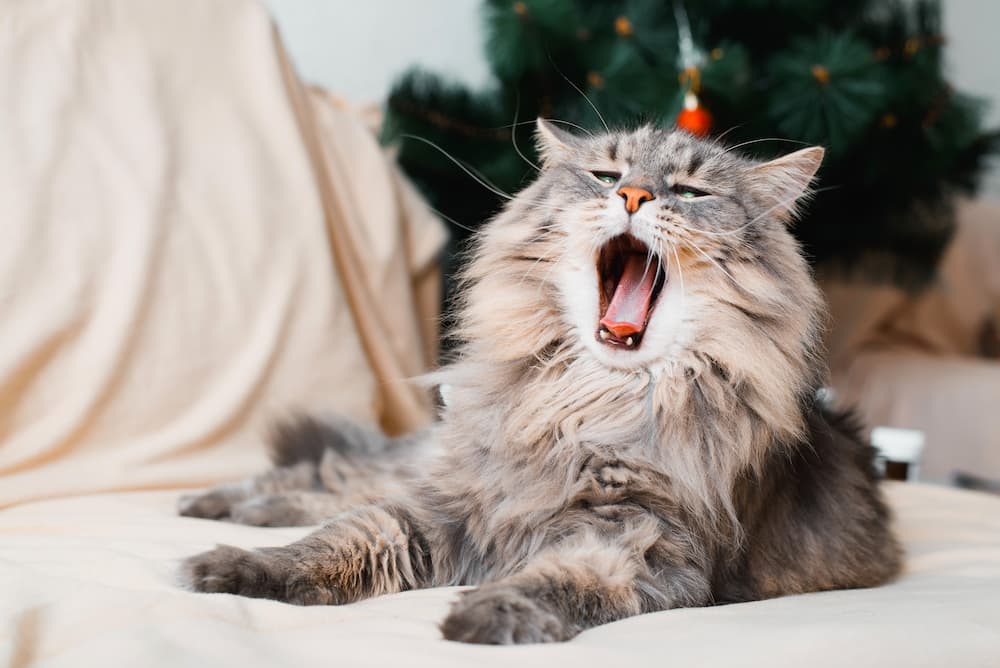Cats, aren’t they just purr-fect? Who wouldn’t love having a ball of fur with endless charm? But with cat ownership comes particular challenges, and one of the most common is the unsolicited gift of your cat scratching your furniture. It’s a scenario that’s all too familiar to many cat owners: you come home to find your favorite couch, or that antique mahogany table you cherish, decorated with a fresh batch of scratch marks.
Why do our feline companions do this? Is it out of spite or is there a deeper reason behind this behavior? Understanding why cats scratch can help us better manage this seemingly destructive habit. In a nutshell, they scratch for communication, exercise, and even comfort. It’s a perfectly natural behavior for them, but not so much for your beloved furniture.
In this article, we’re going to delve into the whys and hows of cat scratching. We’ll explore the motivations that drive them to unleash their claws on unsuspecting objects. More importantly, we’ll discuss some practical strategies to redirect this behavior.

The Instinctual Nature of Cat Scratching:
Let’s first acknowledge that cats are instinctively wired to scratch. This seemingly destructive behavior is an essential aspect of their natural activities. Their ancestors, the wild cats, used scratching as a way to mark their territory and communicate with other cats — and our fluffy domesticated friends have inherited the same tendencies. It’s their way of leaving a calling card, saying, “I was here, and this is mine!” So, when your feline friend decides to bless your favorite recliner with claw marks, they’re not being malicious. They’re just following their natural instincts.
Far from being an act of rebellion, scratching is an integral part of a cat’s health and well-being. Scratching is as normal and healthy for cats as jogging or yoga might be for humans. It’s a multifunctional activity that, while occasionally destructive from our perspective, is absolutely vital for them.
Therefore, it’s essential for us, as responsible cat owners, to acknowledge this fact and explore ways to accommodate this behavior without sacrificing our furniture.
The Many Purposes of Cat Scratching:
Scratching serves multiple purposes in a cat’s life, one of which is stress relief. Imagine a stressful day at work, and how rejuvenating a yoga session or a brisk walk can be – that’s what scratching is to cats! It’s their preferred stressbuster. For example, when your furry friend has been through a sudden change, such as a change in environment or a visit to the vet, you might notice an increase in their scratching behavior. They do this to comfort themselves and regain a sense of control over their surroundings.
Scratching is also a cat’s way of expressing excitement and joy. Picture this: you’ve been away all day, and you just stepped through the door. Your feline friend runs to greet you, and their excitement overflows in the form of enthusiastic scratching on their favorite spot. It’s their way of saying, “I’m so happy to see you!”.

As we mentioned above, cats scratch to mark their territory. This behavior is especially common with outdoor cats or cats who live with others, who must constantly compete for resources and space with other cats in their environment. It’s not only about scent marking but also a visual display that says, “This spot belongs to me”.
Besides communication and stress relief, scratching can also be viewed as a form of physical exercise. Cats are highly athletic animals with strong claws, and they need a way to keep their muscles in good shape. Scratching satisfies this need while allowing them to flex their claws and hone their climbing skills.
Cats scratch to flex their bodies and stretch their muscles. Imagine, if you will, waking up from a refreshing catnap on your cozy sofa — wouldn’t you want to stretch out those sleepy muscles? That’s exactly what our feline companions are doing. Scratching allows them to extend their bodies to their full length and flex their paws and claws. It’s their version of a mini-workout!
Last but not least, scratching helps cats maintain their claws. Each scratch removes the outer sheath of their claws, revealing a sharper, healthier claw underneath. This is akin to us trimming our nails. In essence, when your cat decides to turn your expensive rug into their scratch pad, they’re just taking care of their personal hygiene.
So, before you get frustrated, remember that your cat isn’t trying to ruin your stuff—they’re just being cats! Understanding the instinctual nature of scratching can go a long way in helping us empathize with our feline friends and find solutions that work for both parties.
The Choice of Cat Scratching Surfaces:
Cats are notoriously picky creatures, and this extends to their choice of scratching surfaces. Each feline seems to have their unique preference when it comes to the texture, material, or even the orientation of the scratching surface. Some cats might favor the rugged texture of sisal, finding satisfaction in the resistance it offers under their claws. Others might prefer the soft give of a cardboard scratcher, which provides a satisfying shred with each scratch. And of course, there’s the undeniable appeal of bare wood, especially when it’s part of your favorite furniture piece. As cat lovers, it’s baffling to watch our furry friends bypass their brand-new, plush scratching posts in favor of an old cardboard box or the wooden leg of a table!

That’s why one of the most effective strategies in managing your cat’s scratching behavior is to offer them a variety of scratching options that cater to these preferences. Vertical scratching posts and horizontal scratching pads provide different angles for them to stretch and claw, mimicking the diverse surfaces they would encounter in the wild. A tall, sturdy scratching post can replicate the feel of a tree trunk, satisfying their instinctual need to mark territory and exercise their muscles. On the other hand, a flat or angled cardboard scratcher can offer a different kind of texture and resistance, catering to their need for variety.
Remember, our goal isn’t to stop our cats from scratching — it’s to redirect that natural behavior toward more acceptable outlets. It can be a bit of a trial and error process to find out what your cat prefers, but when you see them happily clawing away at their scratching post and leaving your furniture untouched, it’s all worth it. Remember, a good scratcher isn’t an expense; it’s an investment in your cat’s well-being.
Strategies for Redirecting Cat Scratching Behavior:
Training your cat to adopt more appropriate scratching habits doesn’t have to be difficult. With a little patience and understanding, you can successfully guide your feline friend toward more furniture-friendly behavior. The most effective strategy you can employ is positive reinforcement. This means rewarding your cat for using their scratching post or pad, creating a positive association with these more acceptable outlets for their scratching instincts. Treats, praises, or even a gentle scratch behind the ear, when they use their scratcher, can go a long way in establishing this association.
We all know that cats are creatures of habit. So, how do we break the cycle if they’ve already got their claws set on your favorite armchair? Here’s a step-by-step guide that might help:
- Place a scratcher near the furniture they’ve taken a liking to. You can even try rubbing some catnip on the scratcher to make it more enticing.
- Whenever you see them using the scratcher, reward them with their favorite treat or some extra cuddles.
- If they slip up and go for the furniture, gently redirect them to the scratcher instead.
- Remember, the key here is consistency and patience.
In time, with positive reinforcement, your cat will begin to favor the scratcher over your furniture. As cat lovers, we know that this process may require some patience, but it’s a small price to pay for harmonious cohabitation with our furry friends!
Preventive Measures and Maintenance:
Environmental enrichment plays a crucial role in preventing future scratching issues. By ensuring your cat has plenty of engaging toys, comfy resting spots, and interest-piquing views, you can distract them from less desirable scratching targets. The strategic placement of scratching posts is also key. Cats often scratch when they wake up from a nap, so try placing one near their favorite sleeping spot. Another useful tip is to place a scratcher near the entrance of a room, as cats often like to mark their territory at these high-traffic ‘border’ spots.

Regular claw maintenance is also an essential aspect of preventing unwanted scratching. Many cat lovers are hesitant about trimming their cat’s claws, but with the right tools and a gentle approach, it can be a stress-free experience for both you and your feline friend. Providing an array of scratching alternatives will also help keep their claws in check while satisfying their urge to scratch.
Remember, the key to training success is consistency. Just like us, cats learn through repetition and positive reinforcement. Be patient, keep up the good work, and before you know it, your beloved furry friend will associate their scratching post with all things positive.
Conclusion:
In understanding our feline friends, it’s important to acknowledge that scratching is a natural and instinctual behavior. Admittedly though, it can create quite a rift when our beloved furniture becomes the subject of their attention. The good news is that we can create a harmonious living situation by offering our cats the right outlets for their scratching instincts. It’s all about understanding their needs and preferences, and then taking the necessary steps to cater to them.
Training a cat isn’t about suppressing their natural behavior, but rather redirecting it in a way that works for both of you. Cats aren’t just scratching to annoy us; they’re marking territory, stretching their muscles, and keeping their claws in check. By providing suitable alternatives like scratching posts and pads, we’re respecting their needs while protecting our household items. Positive reinforcement is the key. Reward their good behavior and they’re more likely to repeat it. It’s a game of patience, but the end result is well worth it.
As cat lovers, we all want the best for our furry companions. By implementing the strategies discussed in this article, we’re ensuring that our cats are happy, healthy, and comfortable. So, embrace this journey with love, patience, and consistency. Because, at the end of the day, our relationship with our cats is all about love, understanding, and mutual respect.
The Catington Post is reader-supported. That means, if you make a purchase through links on our site, we may earn an affiliate commission. All images and names which are not the property of The Catington Post are the property of their respective owners.







